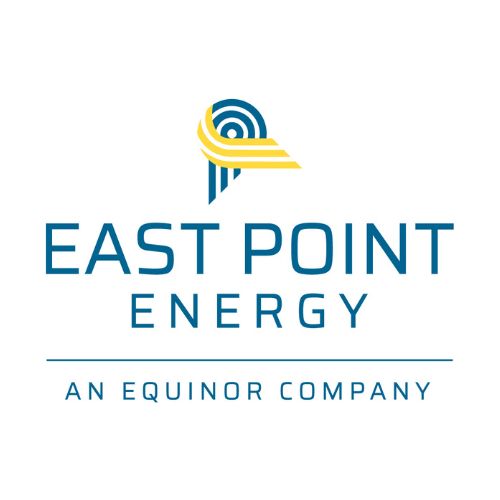About East Point Energy:
East Point Energy is a development firm focused on the origination, construction, and operation of energy storage projects.
Our team is currently developing gigawatts of energy storage projects throughout the country, helping to transform the grid into a renewable, resilient, and affordable system for generations to come.
Safety is East Point Energy’s top priority – the safety of our projects, environment, and communities in which our projects are located.
The American Clean Power Association (ACP) created the resource below to highlight the industry’s commitment to rigorous safety standards and partnerships with the fire service that guide planning, developing, and operating each energy storage project.
Success for East Point East Point Energy is measured by delivering affordable energy storage solutions that benefit the grid, communities, and our environment.
- Stabilizing The Grid
- Peak Demand Reduction
- Lower Energy Costs
- Fast Response
- Electric Service Reliability
- Transmission & Distribution
- System Deferral
East Point Energy develops standalone energy storage systems. Here you can learn more about what our projects look like, how they work, and the many ways these systems can make our electric grid more renewable, resilient, and affordable.
East Point Energy Projects:
2MWac | 8MWh
Spotsylvania, Virginia
Owner: Rappahannock Electric Cooperative
20 MWac | 80 MWh
Chesterfield County, Virginia
Owner: Dominion Energy Virginia
Photo Courtesy of Dominion Energy
100 MWac | 400 MWh
Chesapeake, Virginia
Owner: Aypa Power
15.7 MWac | 62.8 MWh
Sussex County, Virginia
Owner: Dominion Energy Virginia
East Point Energy News:
- East Point Energy Announces Inaugural Energy Storage Projects In Texas
- East Point Energy Developed Project Becomes Virginia’s Largest Operational Energy Storage Facility
- East Point Energy Joins Green Business Alliance
- East Point Energy Announces Project Acquisition Program
View More: https://eastpointenergy.com/blog/
OTHER RESOURCES:
Click the links below to explore some great resources about Energy Storage.
- American Clean Power (ACP): Why Energy Storage
Information on the technologies, applications, and benefits of energy storage - Utility Dive: Energy Storage
An archive of articles about energy storage - National Renewable Energy Laboratory: Grid-Scale Battery Storage FAQ
An excellent summary of grid-scale battery storage
Clean Energy Solutions Center: Energy Storage
A database of resources on energy storage
Checkout East Point Energy Watch Video
How Energy Storage Can Help?
Stabilizing the Grid:
Wind and solar are intermittent resources. Energy storage can store excess energy produced from wind and solar when a community may not need it, and dispatch that energy when the community does. This allows communities to rely on energy produced by wind and solar even when it isn’t windy or sunny.
Peak Demand Reduction:
Energy storage projects can be charged during low-demand periods and later dispatched during peak demand times. This can reduce the cost to customers, as well as reduce the need for gas Peaker plants, which are facilities that exist solely to assist in these peak demand times.
Lower Energy Costs:
A utility, municipality, or cooperative can pass along savings to its customers using a battery storage system to purchase and store electricity at lower (off peak) prices, and distribute that electricity at a later time when the price to purchase electricity would be high.
Fast Response:
Conventional power plants aren’t able to respond quickly to constant demand changes in energy, especially with the increased penetration of distributed energy sources like wind and solar. Energy storage are able to respond to these changes rapidly.
Electric Service Reliability:
Energy storage projects can be used to provide energy during outage periods and severe weather events.
Transmission & Distribution System Deferral:
Installing an energy storage system can help prevent the need for new large scale energy generation and distribution facilities to be built.



